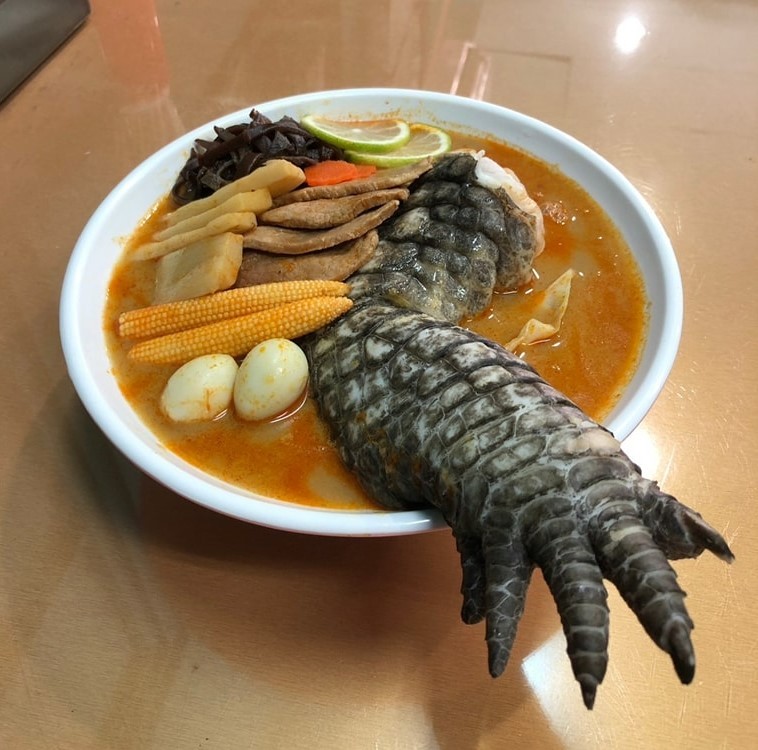Lost tradition feared as Sichuanese food booms in popularity
By Chris Buckley New York Times
June 21, 2016

NEW YORK TIMES Lan Guijun prepares a dish of salmon stewed in a broad bean sauce at his Sichuan fusion restaurant Yu Zhi Lan in Chengdu, China.

NEW YORK TIMES Lan Guijun prepares a dish of salmon stewed in a broad bean sauce at his Sichuan fusion restaurant Yu Zhi Lan in Chengdu, China.

NEW YORK TIMES The kitchen at Lian Ying, a contemporary Sichuan restaurant in Chengdu, China.
The kitchen at Lian Ying, a contemporary Sichuan restaurant in Chengdu, China.
NEW YORK TIMES
San hua kao ji, or three-flower roast chicken, adapted from a recipe by chef and restauranteur Yang Wen, in Beacon, N.Y.
NEW YORK TIMES
San hua kao ji, or three-flower roast chicken, adapted from a recipe by chef and restauranteur Yang Wen, in Beacon, N.Y.
1 / 3
PrevNext
HENGDU, China >> The tang of the famed cooking of Sichuan wafts through streets crowded with restaurants. Hot pots of chili and oil simmer like restless volcanoes. Chicken, rabbit and frog bathe in stews tingling with red and green peppercorns. Favorites like Pock-Marked Grandma Tofu abound.
But along with all the pungent aromas, a whiff of panic is in the air here in Chengdu, the capital of Sichuan province in southwest China.
“Sichuanese cuisine really faces a crisis,” said Wang Kaifa, a 71-year-old chef who has been leading a campaign against what he sees as the creeping debasement of the region’s celebrated cooking.
“The scene feels like it’s booming, but this is a chaotic boom that has had a lot of negatives,” he said. “Finally, they could become a sickness that brings down Sichuanese cuisine.”
Such gloom seems surprising. Chengdu has a bustling food scene with many thousands of restaurants, from chic newer ones to hole-in-the-wall places called “fly diners.” Tourists go there just for the food.
Sichuanese cooking has been conquering the world, making major inroads in New York, London and other intensely competitive dining cities abroad.
But many in Chengdu worry that tradition is being lost and Sichuan*ese cooks are selling out for easy but fleeting hits.
Rapid growth has debased much restaurant cooking. Menus are often narrowed to dauntingly spicy dishes, like boiled duck-blood curd and tripe in chili broth, ignoring the great variety and nuance of the cuisine.
“Our taste buds have been battered into decline so that we demand it to be spicier and spicier,” said Shi Guanghua, a food writer and former restaurateur. “Sichuan*ese cuisine has become shallow and flattened.”
In Chengdu, people dissect their meals with the reverence that other cities devote to sports teams. Lively debate surrounds finding the balance between preserving tradition and embracing new ways and new customers.
And in this country where almost every problem prompts a state plan, the province’s government last year upgraded its guidelines for standard Sichuanese dishes. The guidelines advise, for instance, that “strange-flavored chicken strips,” a cold dish that includes dark vinegar, should use the meat of a year-old rooster.
To outsiders, this alarm may seem over the top. But the angst over Sichuan cooking distills wider anxieties about the place of tradition, as China becomes increasingly unmoored from its past.
“Shocks from commercialization and the simplification of tastes have created a crisis,” said Shi, who is on a supervisory panel for the restaurant-rating plan. “Sichuanese cuisine can’t survive without its traditions, but how to preserve them and reinvigorate them at the same time? That’s the focus of discussion.”
Early this year, dozens of retired chefs formed the Sichuan Old Chef Traditional Artistry Society to restore time-honored ways they say are under assault. Its 160 members, most in their 60s and 70s, meet weekly.
They gripe about young cooks who use new ingredients, like may*o*nnaise, and recall neglected classics, like sliced pig kidneys fried in fermented bean paste. Wang said he was inspired to start the society after watching while a 30-year-old chef from a five-star hotel added celtuce, also called asparagus lettuce, to kung pao chicken.
“I was furious,” he said with a grimace. The dish should be an uncluttered mix of chicken, peanuts, stubby dried red chilies and spices, he said. “Young chefs these days just don’t understand what tradition is.”
Of course no cuisine stands still. Classic French food evolves, as does every other cuisine. In Sichuan, the question is what elements to preserve and how to change without betraying the culinary heritage.
A camp of chefs here hopes to remake Sichuanese cooking for urbane middle-class tastes in airy modern restaurants, building on the core of traditional ingredients and techniques.
“You do have to maintain tradition, but it’s not a display in a museum,” said Yang Wen, a rare woman among the legions of male cooks here. “There’s no survival without innovation.”
Yang is the chef at Lotus Shadow, where refined dishes, like braised shrimp infused with jasmine tea, are a world away from the homespun fare favored by old-school revivalists. “It’s preserving the essence of tradition while meeting modern expectations,” she said. “Sichuanese food has never stood still.”
She has a point. Sichuanese cooking is classified as one of the eight great cuisines of China. But its roots are relatively recent. Over several centuries of war, trade and migration, outsiders brought in chilies, fermented bean paste, sugar and other spices, and their own cooking traditions.
These influences melded only a few generations ago to create an unusually aromatic and versatile toolbox of flavors. Sichuan’s historic openness to other influences should be seen as a virtue, say some food lovers here.
“The truest Sichuanese food has only about a century or so of history behind it,” said Wang Shiwu, a food critic at Sichuan Gastronomy magazine.
“The attractiveness of Sichuanese food is that it’s a big melting pot. Whatever is attractive in your cuisine, I can absorb and adapt it.”
SAN HUA KAO KO (THREE-FLOWER ROAST CHICKEN)
1 3- to 3-1/2-pound chicken
>> Marinade:
2 tablespoons kosher salt
2 tablespoons Chinese rice wine
1 tablespoon plus 1 teaspoon red Sichuan peppercorns
1 tablespoon good-quality jasmine tea
1 teaspoon black pepper
1/2 cup coarsely chopped green onion
1 tablespoon coarsely chopped ginger
>> Poaching seasonings:
1/2 cup kosher salt
5 dried whole chili peppers, about 3 inches long
3 tablespoons jasmine tea
3 green onions, coarsely chopped
3 1/4-inch-thick slices ginger
2 whole star anise
6 bay leaves
>> Stuffing:
1/4 cup good-quality jasmine tea leaves
2 stalks green onion
2 1/4-inch-thick slices ginger
1 whole star anise
2 bay leaves
Wash chicken and pat dry, then ***** the thick part of the breast, legs and thighs with a sharp fork.
Combine marinade ingredients in blender or food processor and pulse into coarse paste. Rub chicken cavity and skin with paste; put in plastic bag and refrigerate 10 hours or overnight.
Combine poaching seasonings with 3 quarts water and bring to a boil in heavy 5-quart pot. Add chicken, breast side down; reduce heat to simmer. Cook, covered, 15 minutes. Turn off heat and let stand, covered, 30 minutes. Turn chicken and let stand, covered, another 15 minutes. Remove chicken, drain and let cool slightly.
Heat oven to 400 degrees. Steep tea for stuffing in hot water about 3 minutes. Drain tea, reserving wet leaves. Stuff chicken with half the leaves and remaining stuffing ingredients. Coat chicken with remaining leaves. Discard tea.
Loosely wrap chicken in foil; set it on baking sheet. Poke 4 to 5 small holes in foil to let steam escape and liquid to drain. Bake 30 minutes on middle rack.
Take out of oven. Remove foil and drain any liquid. Leave chicken in pan, breast side up, and bake until dark brown, 45 minutes to an hour. Cool slightly, then gently pull off chicken meat in coarse strips. Discard skin, bones and stuffing. Serve chicken warm or cool with some of tea leaves. Serves 6 to 8.
Nutritional information unavailable.







 Reply With Quote
Reply With Quote


















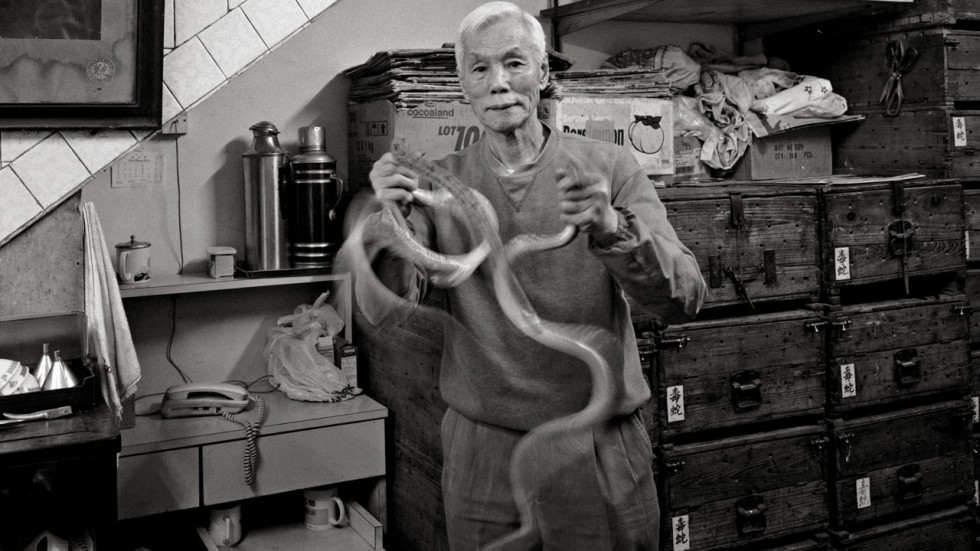
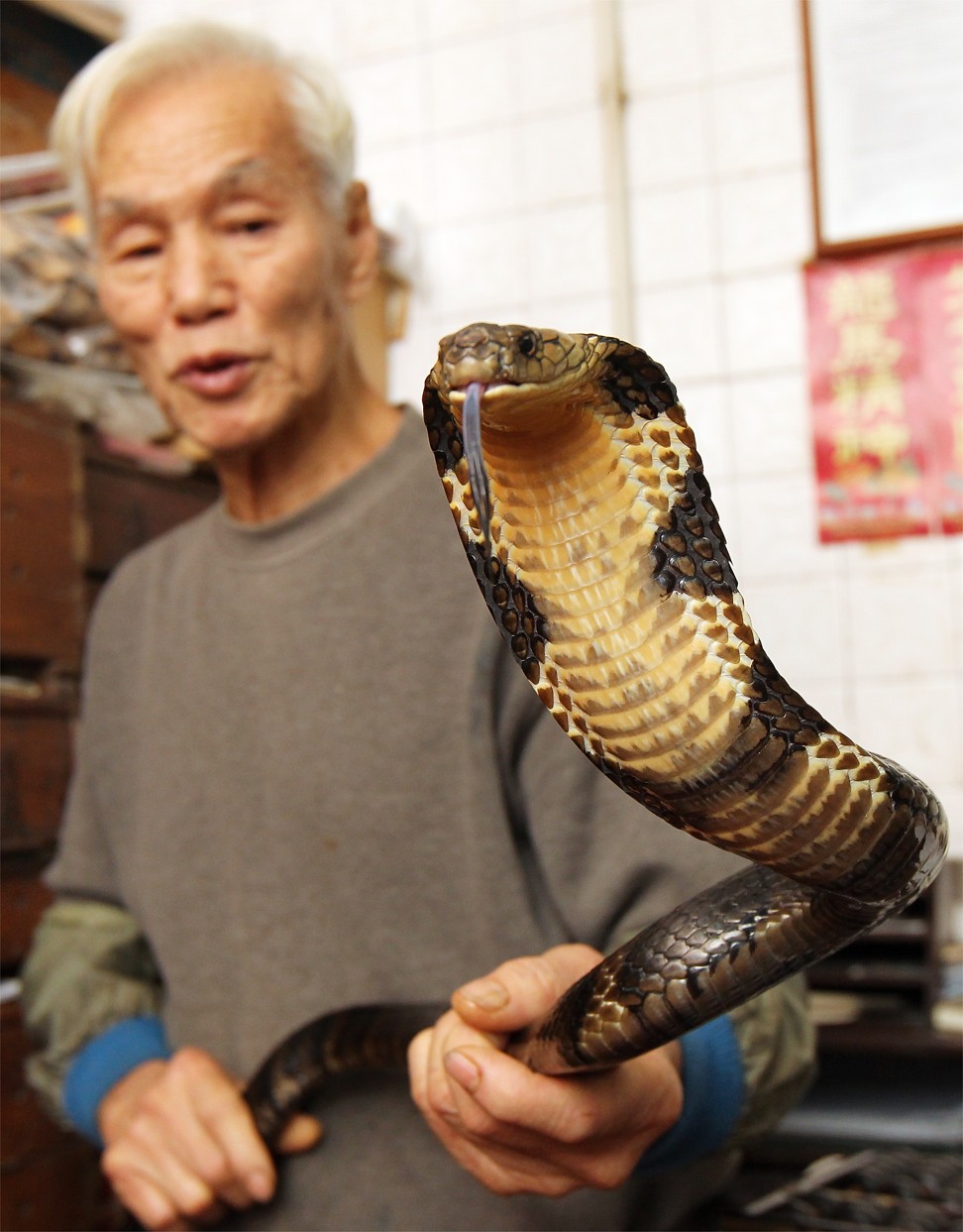
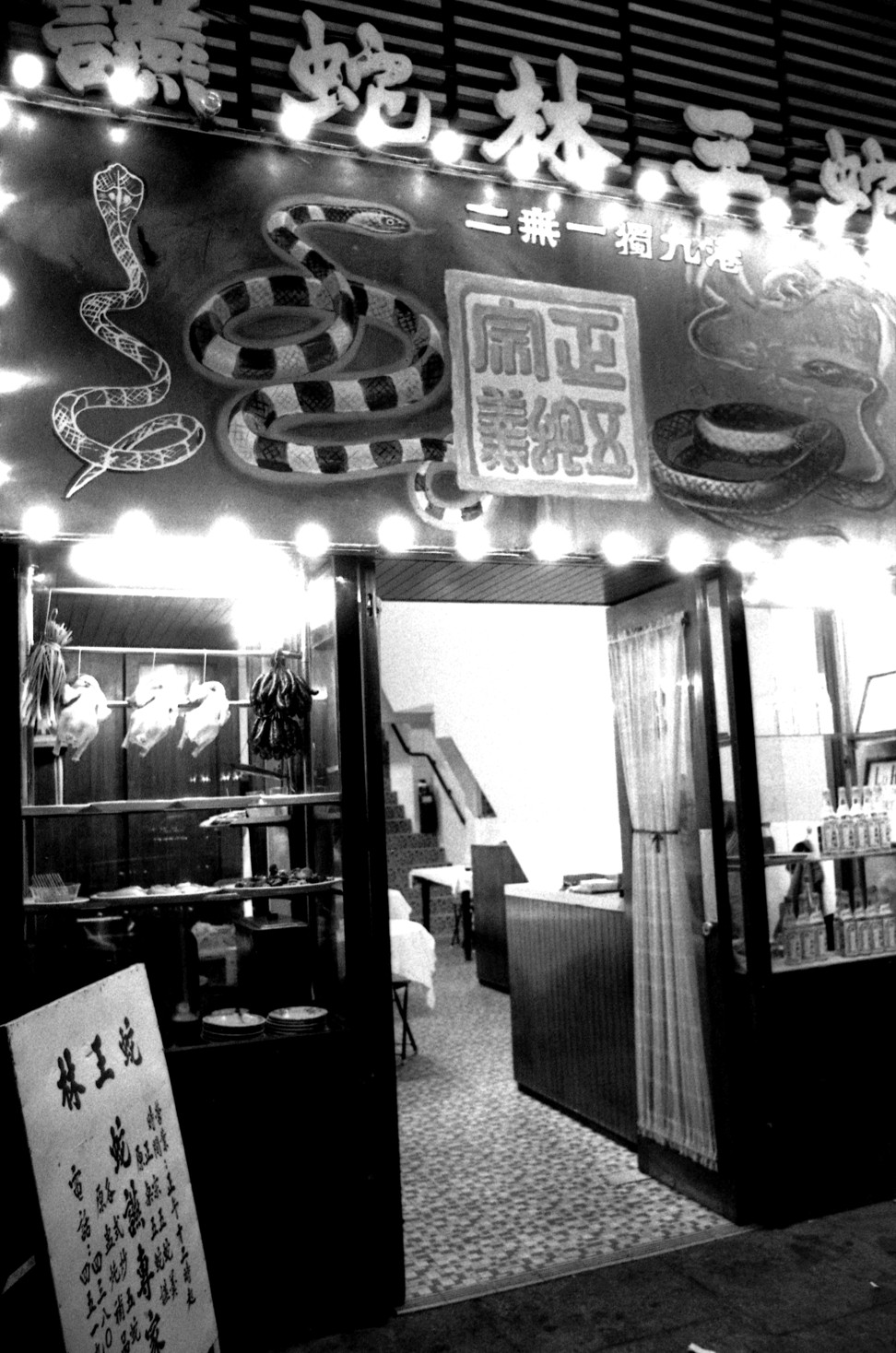
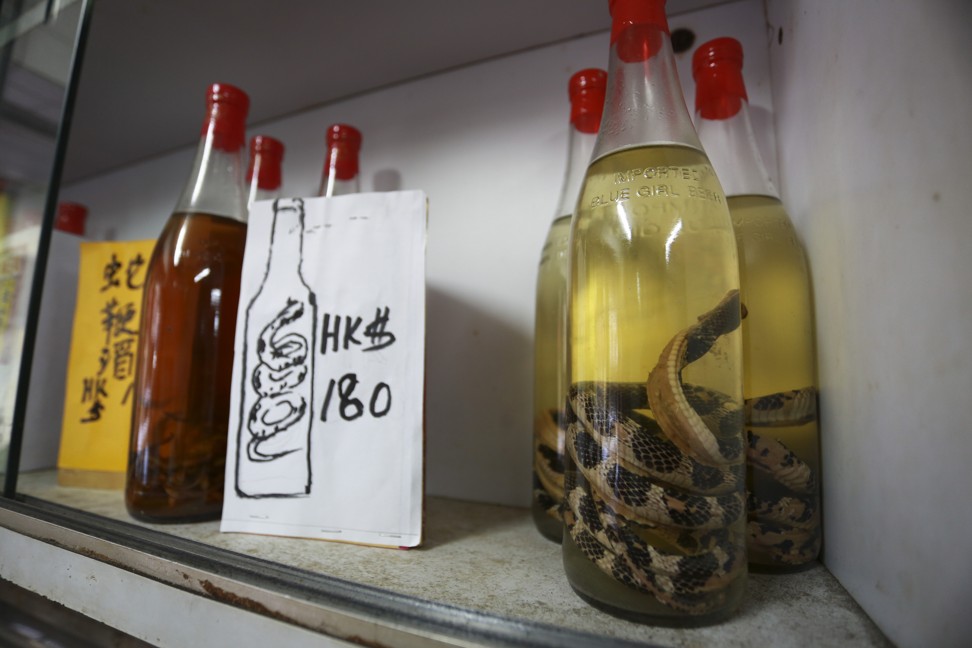

 ).
).




